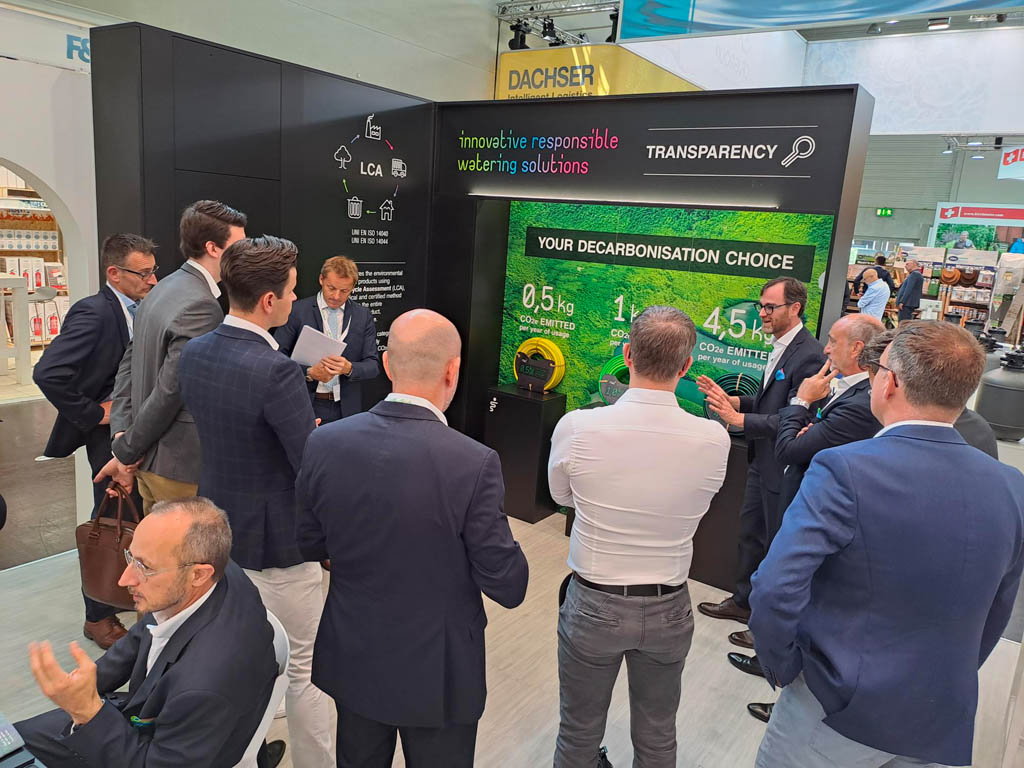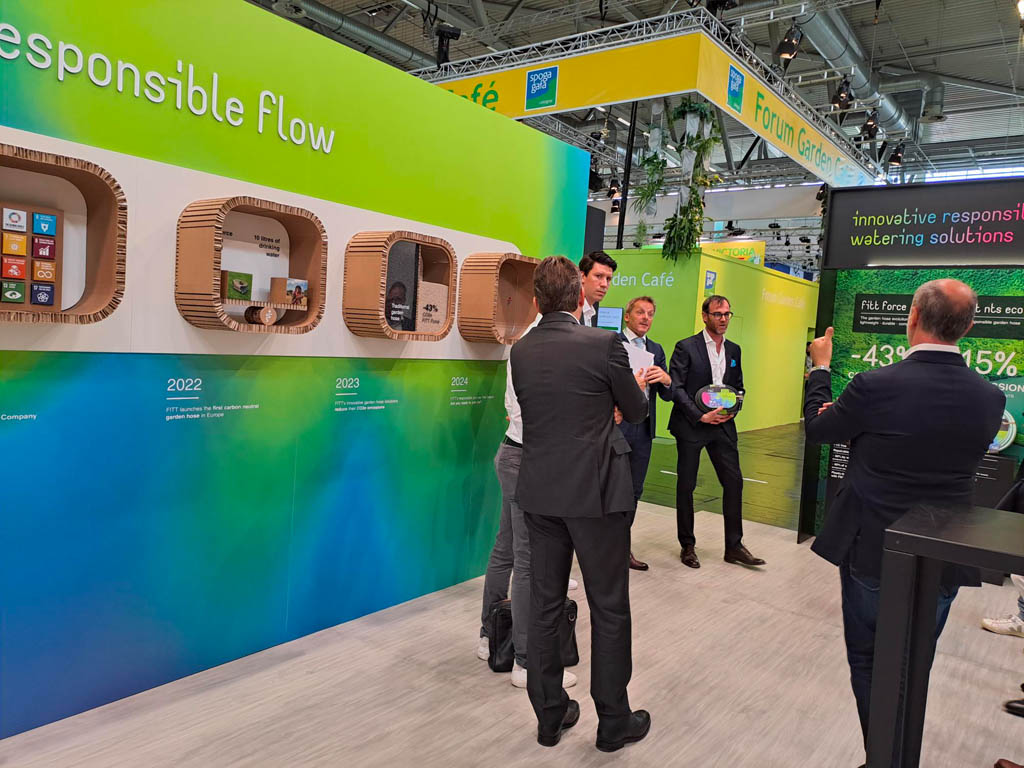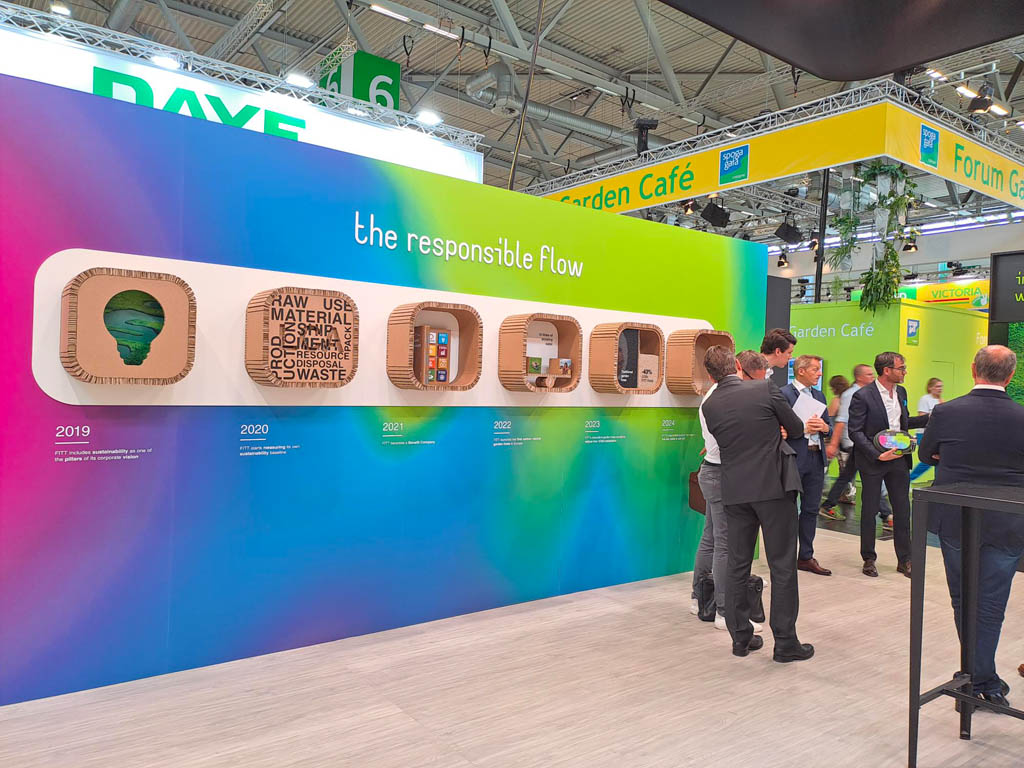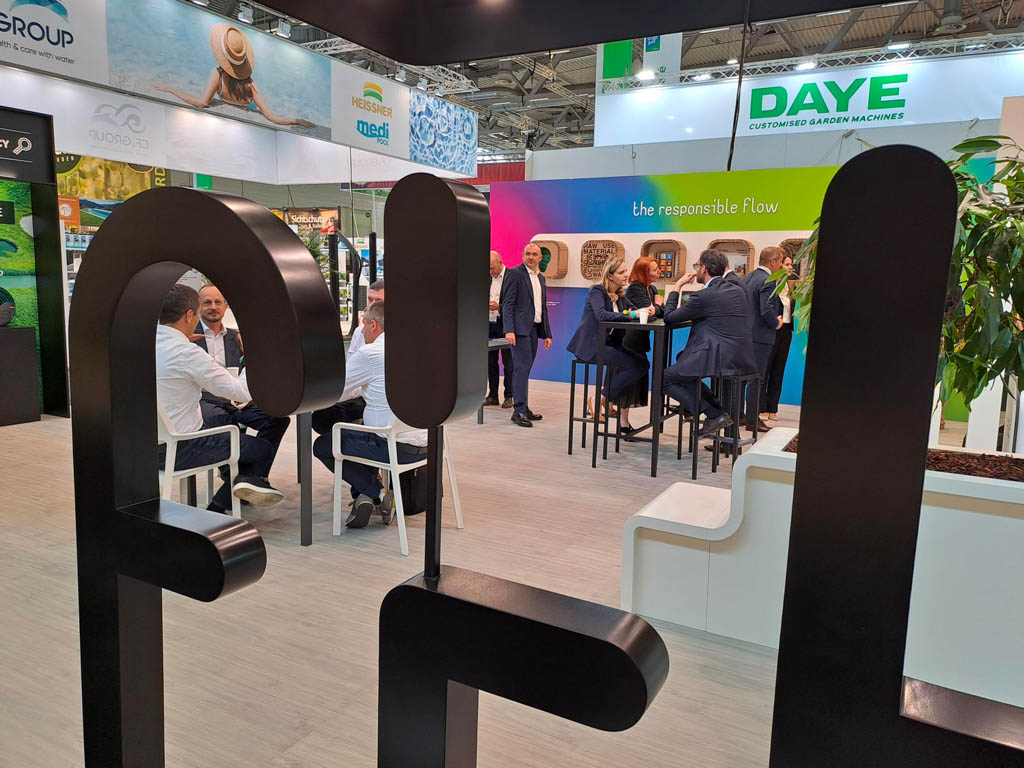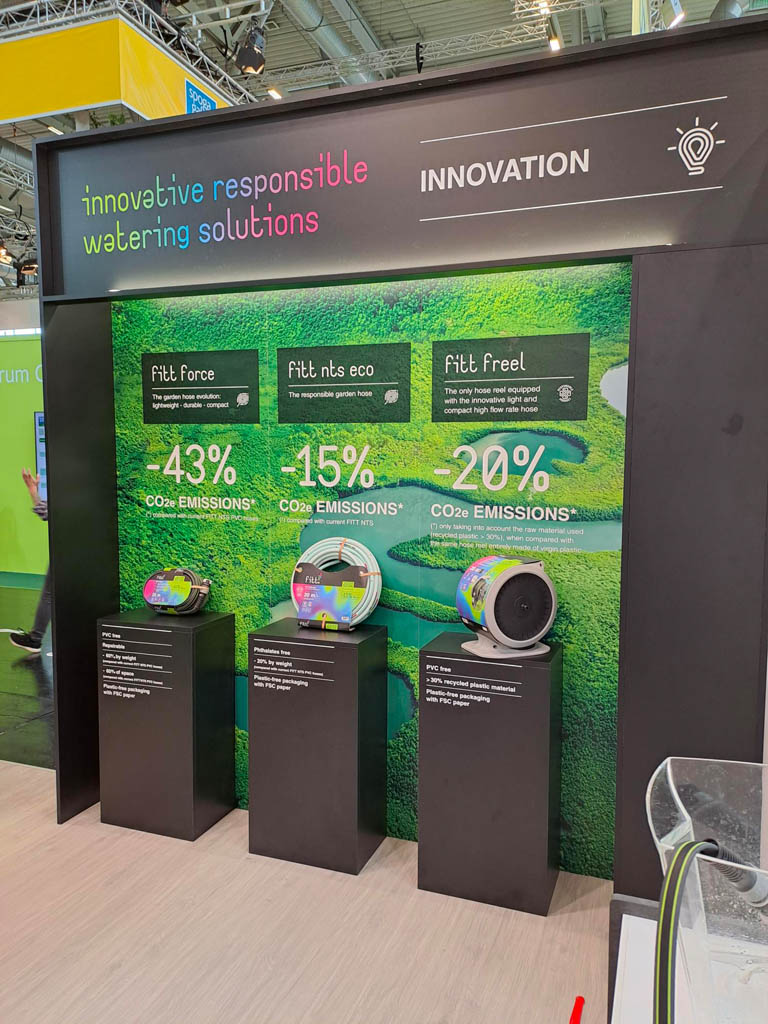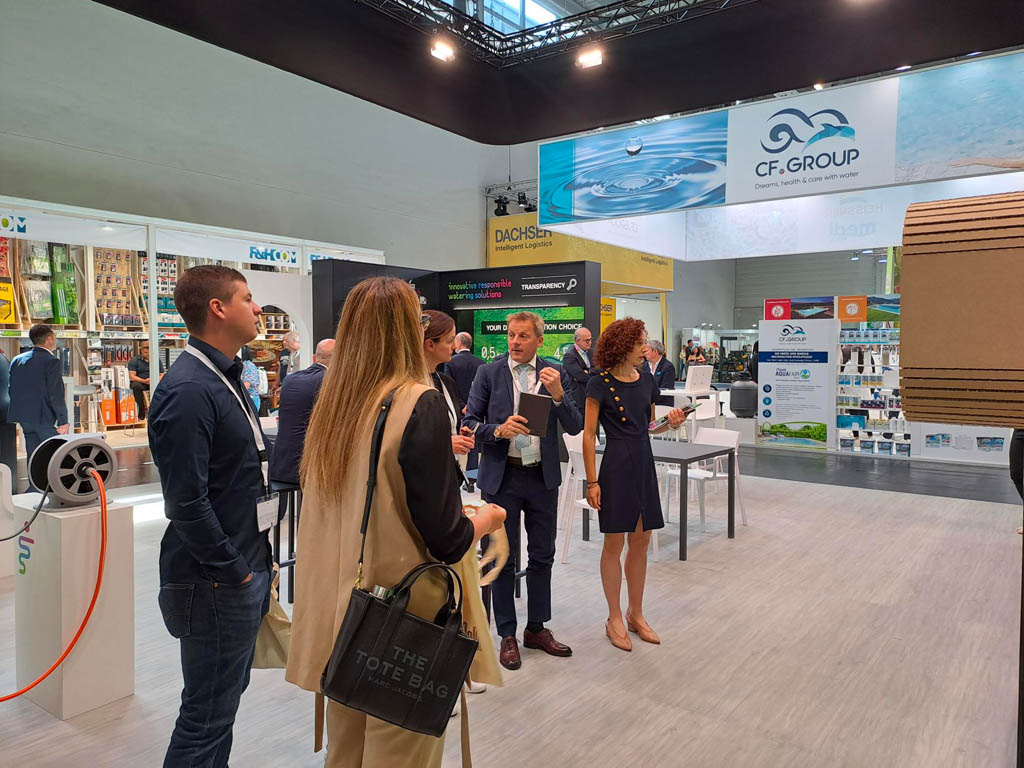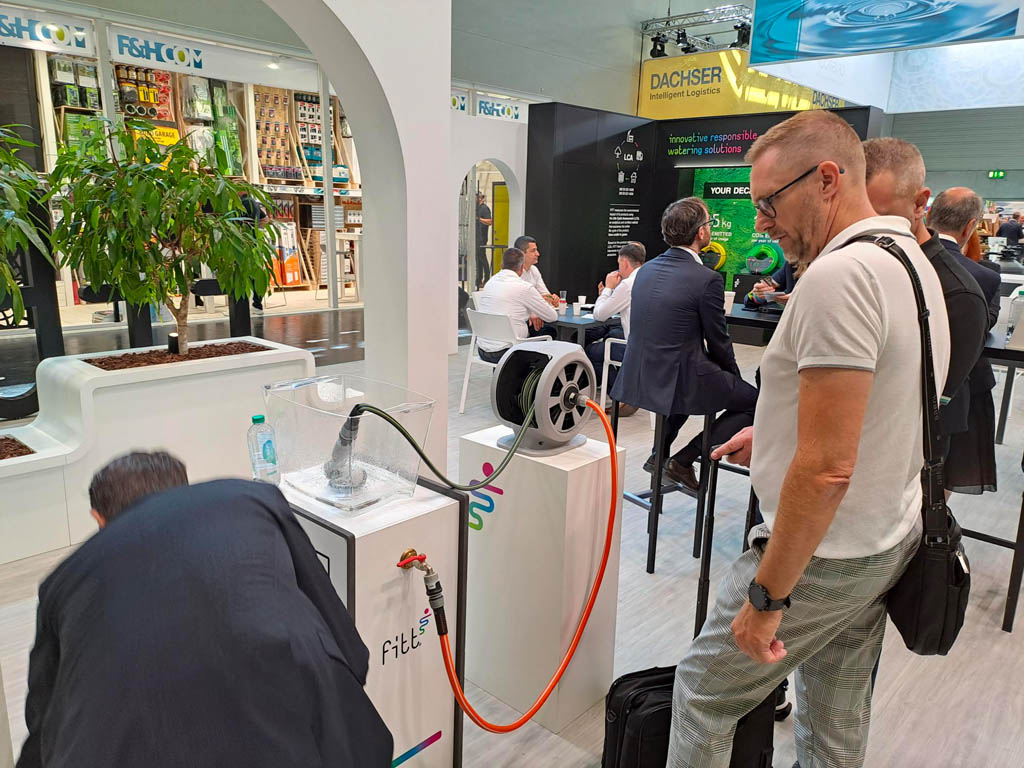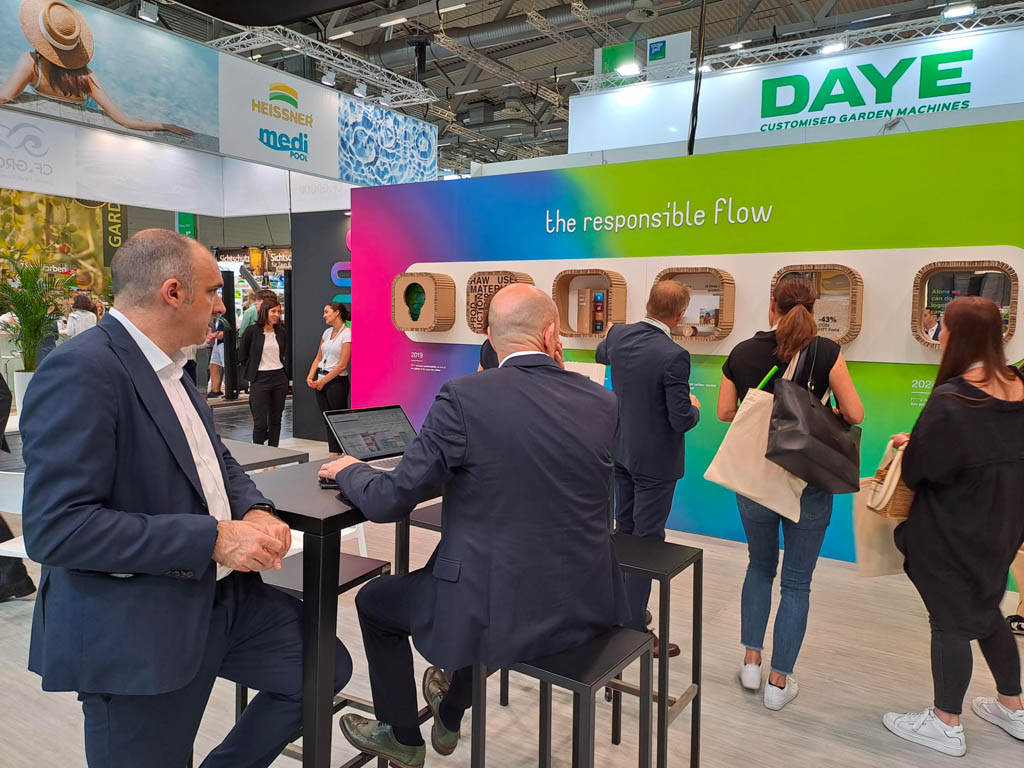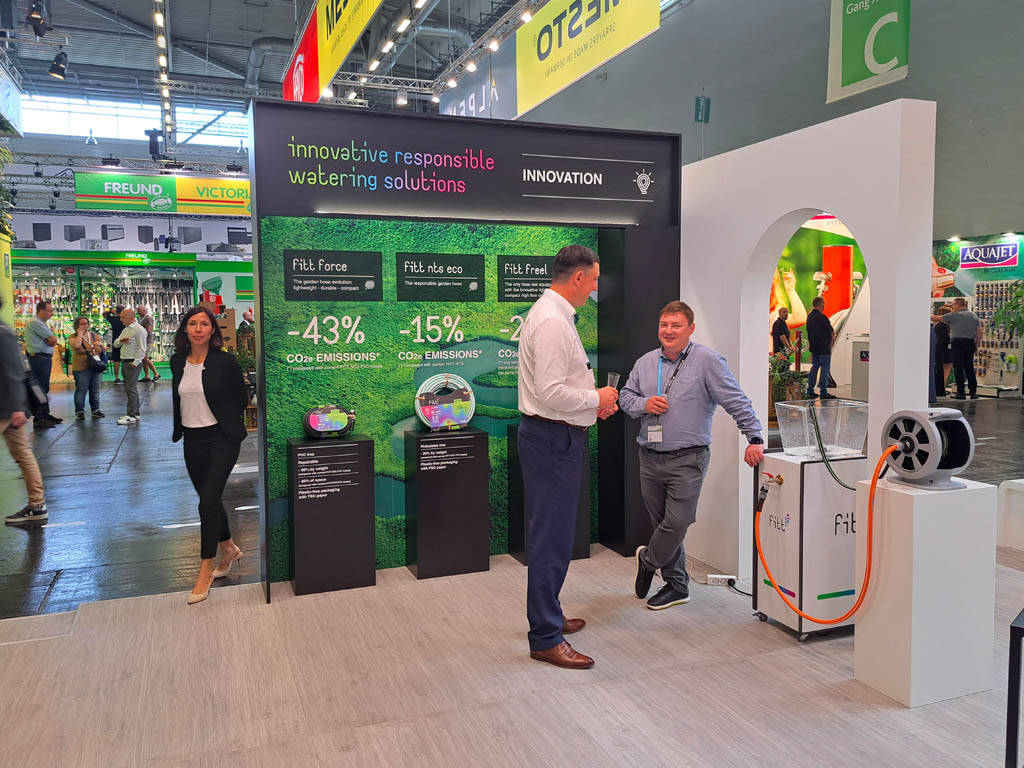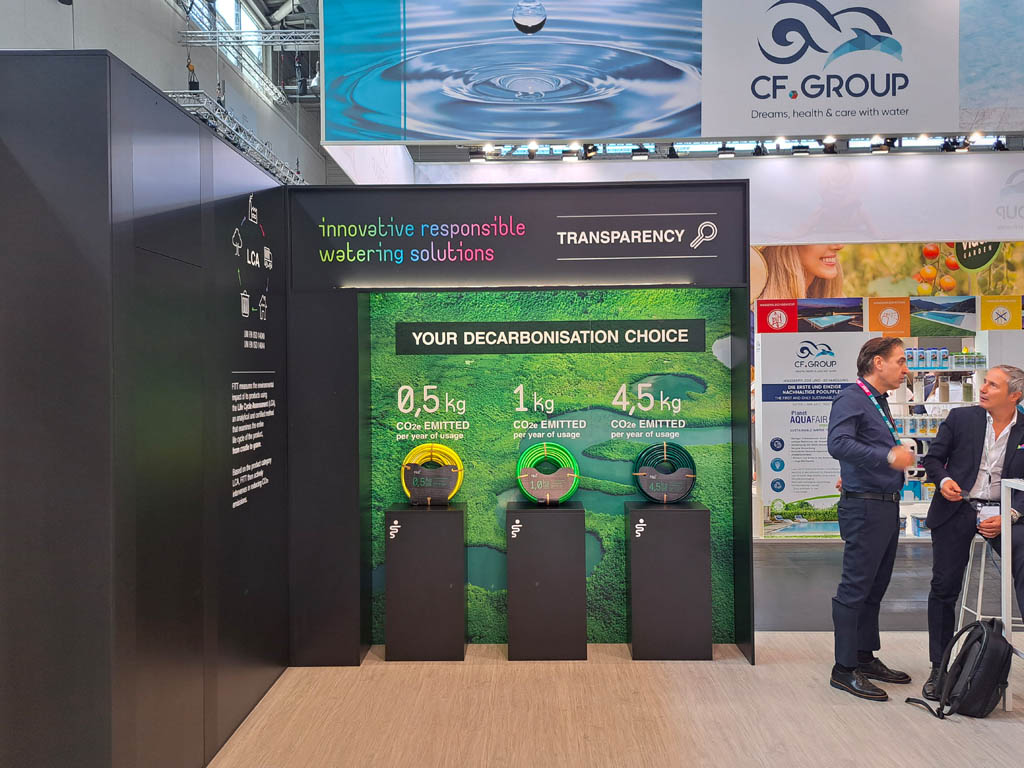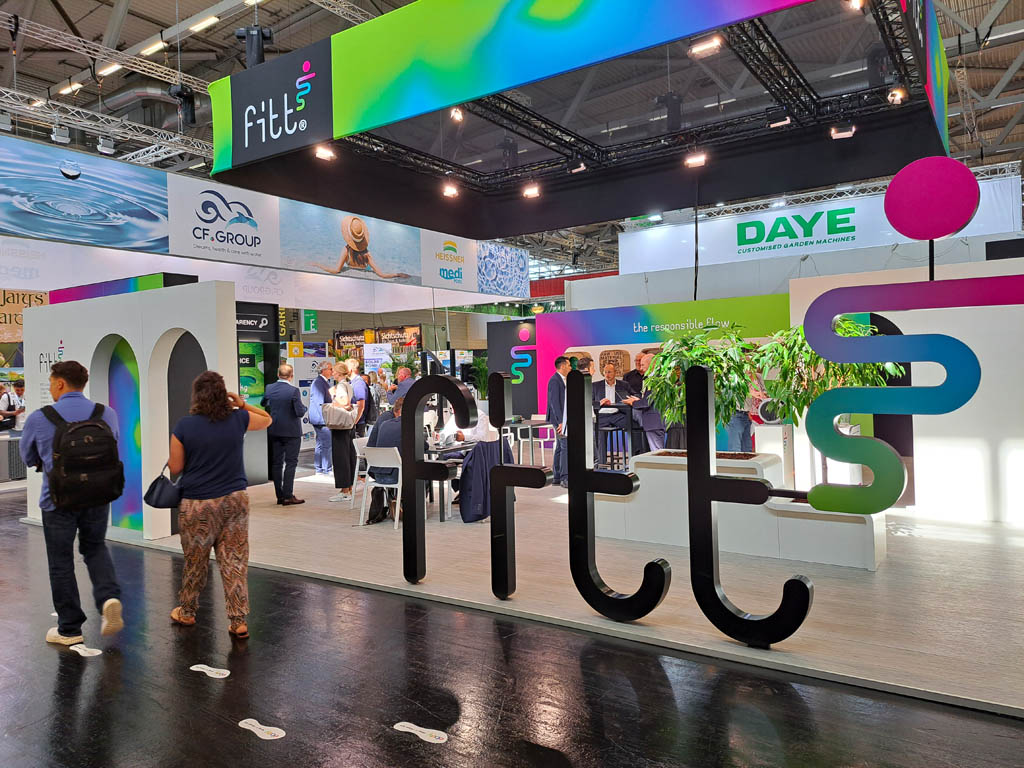Natural calamities, which are becoming increasingly frequent in recent years, are associated with destruction, catastrophes and disasters. But after the initial shock, they can and must lead to rebirth, reconstruction and renewal. This is the case of the Marcesina plain which, four years after storm Vaia that destroyed 41,000 hectares of forest, with 8.7 million […]
Gafa 2023: from innovation to transparency
Gafa 2023 has come to an end. The event saw FITT consolidate its responsibility journey, announced to the public during the 2019 edition of Gafa and restated in 2022 with the launch of its sustainability strategy, The Responsible Flow.
Together with innovation, which has always been the driving force behind FITT’s business, leading to the development of FITT Force, FITT NTS Eco and FITT Freel, this year emphasis was also given to another principle of the corporate responsibility of the company: transparency, or the need to be aware of one’s impact through the investigation of the entire value chain, and communicate such impact to the outside world.
Therefore, this year FITT chose to shine the spotlight on the way it discloses its carbon footprint.
The carbon footprint, expressed in terms of tonnes of CO2e, is an indicator the calculation of which makes it possible to estimate the amount of climate-changing gas emissions – those gas emissions that have an effect on global warming – directly or indirectly generated by a product, a service, a company, or even a single individual.
FITT determines the carbon footprint of its products through a Life Cycle Assessment (LCA), an analytical and certified method that measures the entire life cycle of the product, from cradle to grave.
Based on the product category LCA carried out, FITT then actively intervenes for reducing CO2e emissions.
It is currently still not mandatory for companies to quantify their carbon footprint. However, always a pioneer by nature, FITT has voluntarily chosen to start measuring and communicating the carbon footprint of its products, to develop and nurture an honest exchange of information with consumers, partners and stakeholders.
FITT’s objective is to measure the environmental impact of 50% of its products by 2025 and of 80% by 2030.
